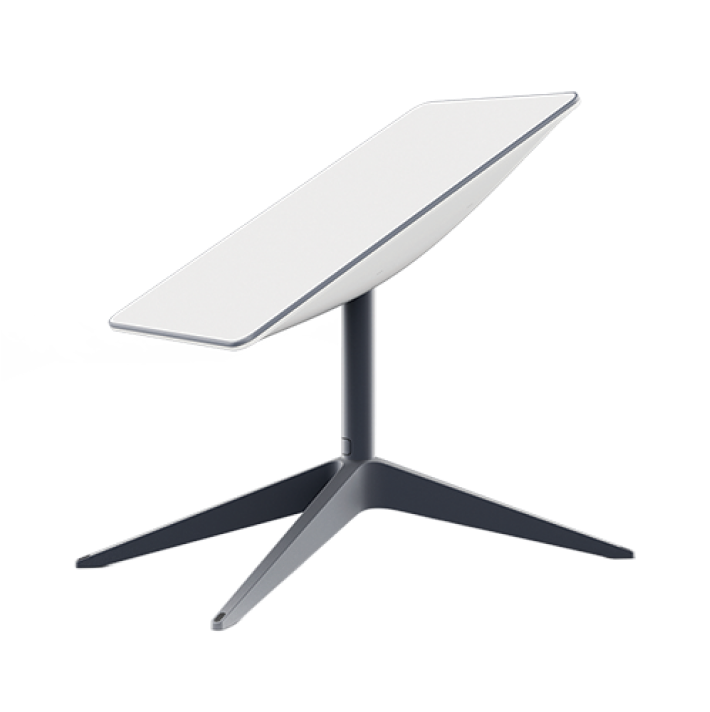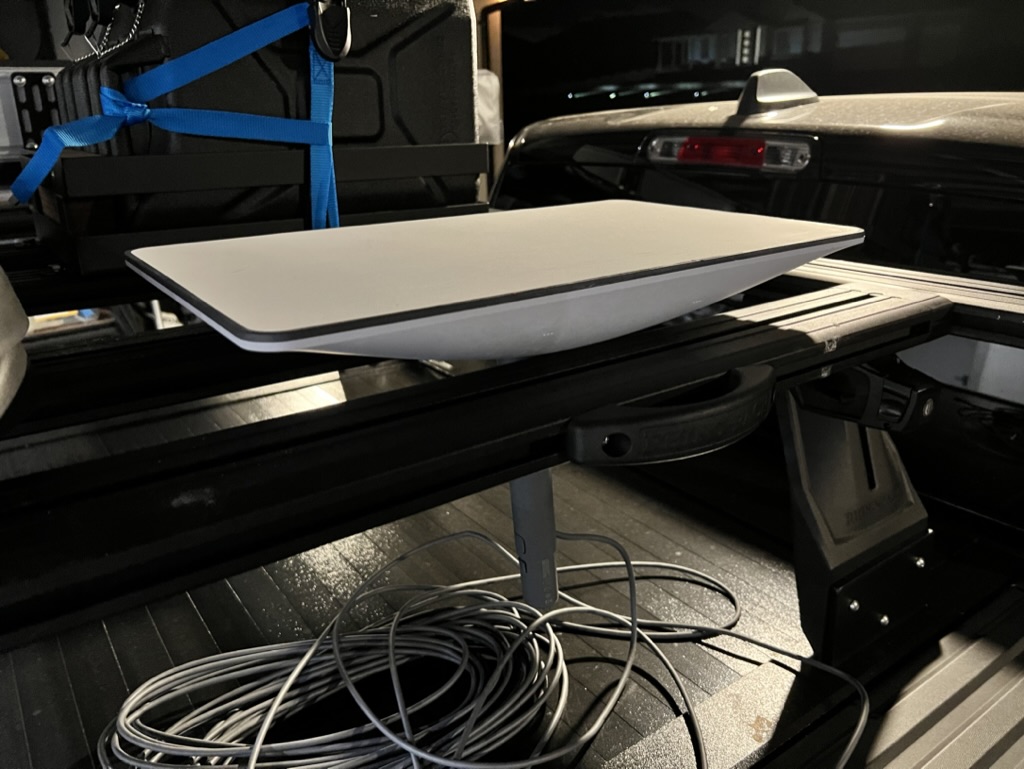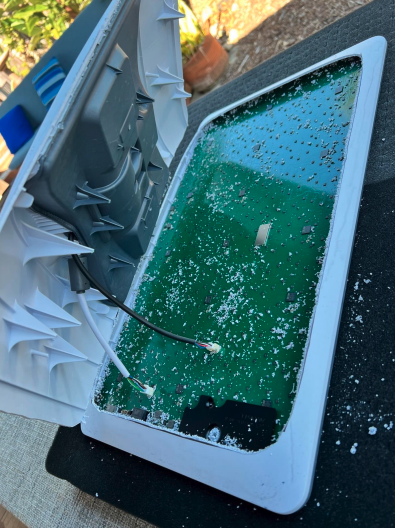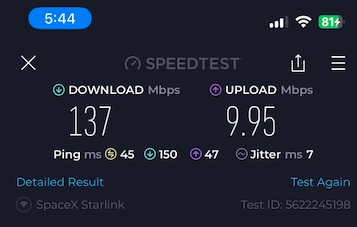Starlink on the Move: SpaceX’s Satellite Internet Across Australia
Welcome back to another adventure with “How Hard Can It Be,” where we continuously push boundaries and test out unconventional solutions to everyday problems. In our latest experiment, we tackle a common issue faced by digital nomads and explorers alike: maintaining reliable internet connectivity while on the road.
For those of you familiar with our How Hard Can It Be YouTube channel, you know we’re not ones to back down from a challenge. We’ve taken on everything from DIY projects to tech reviews, always asking, “How hard can it be?” This time, we’re documenting our journey of installing and testing Starlink, SpaceX’s satellite internet service, on a moving vehicle.
Background

For an upcoming trip to the Big Red Bash and Uluru we were weighing up options around safety and being rescued in the event of issues in extreme and remote locations. This ranged from EPIRB’s to Satellite Phones and Satellite Internet. We opted for Starlink as this would allow for different types of communication as well as general internet access.
As many of you know, Starlink is a satellite internet service launched by SpaceX. It comes with a ground-based flat dish, endearingly named “Dishy.” The service has been lauded for its high-speed, low-latency internet, especially in areas where traditional broadband is unreliable or nonexistent.

After purchasing Starlink and testing Dishy, we found the service worked exceptionally well. But we wanted to take it one step further. We wondered: could we mount Dishy on a vehicle and maintain stable internet connectivity while traveling across Australia?
Inspired by several YouTube videos showing people in the USA mounting Dishy statically on their vehicles and enjoying reasonable results, we decided to give it a shot. But there was one problem: we couldn’t find any confirmation that this would work in Australia. This meant we were stepping into uncharted territory.
Initial Testing


We started by mounting the dish temporarily on our vehicle, using our existing 240v inverter for power, driving around our neighborhood to test the connection. To our delight, Dishy performed well during these local drives, maintaining a stable internet connection throughout. Encouraged by these promising results, we then proceeded to create a semi-permanent mounting solution for Dishy.
Preparing for the Road Trip
Our plan is to use this semi-permanent setup for the upcoming trip in June 2023. We’re looking forward to seeing how Dishy performs over more extended periods and in different regions across Australia. If we get good coverage throughout the trip, we plan to make the installation more permanent and might look at something like the Star-Mount solution.

Some videos we watched showed users chopping off part of their dish to make the installation fit better. We’ve decided to hold off on such irreversible changes until we’re sure of Dishy’s performance in Australia. If our upcoming trip proves successful, we might consider this for a more permanent installation.
Conclusion
 Dishy is now installed semi-permanently and will be tested fully prior to the trip. Here’s an example speed test result when testing locally and we hope to get similar results during our month long trip to the Big Red Bash and Uluru.
Dishy is now installed semi-permanently and will be tested fully prior to the trip. Here’s an example speed test result when testing locally and we hope to get similar results during our month long trip to the Big Red Bash and Uluru.
At “How Hard Can It Be,” we’re all about trying new things and sharing our experiences with our readers and viewers. This experiment with Starlink is another exciting chapter in our ongoing journey of exploration and learning. We’re thrilled to take you along for the ride.
Don’t forget to follow our progress on our trip across Australia this June. We’ll be documenting our experience on our blog and How Hard Can It Be YouTube channel, sharing all the highs and lows of our “Inner Loop” with Starlink adventure. Stay tuned!
Remember, if you’re interested in following our journey in real-time, make sure to check out our How Hard Can It Be YouTube channel. We regularly post videos documenting our adventures and experiments, providing valuable insights, and sharing tips and tricks we’ve learned along the way.
We hope you enjoyed this post and found it helpful. If you have any questions, feel free to leave a comment below. We appreciate your feedback and look forward to sharing more exciting content with you. As always, we’re here to ask, “How hard can it be?”
Update
Ive been so impressed with Starlink and Dishy that I’ve decided to make it more permanent. Follow for Part 2 where we mount Dishy in a StarMount, convert it to 12v and create an enterprise grade wifi deployment.
